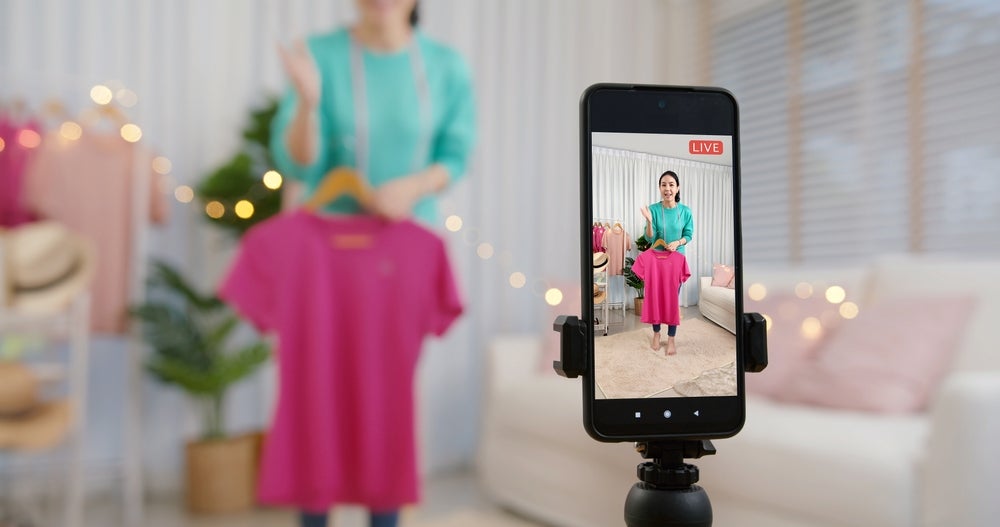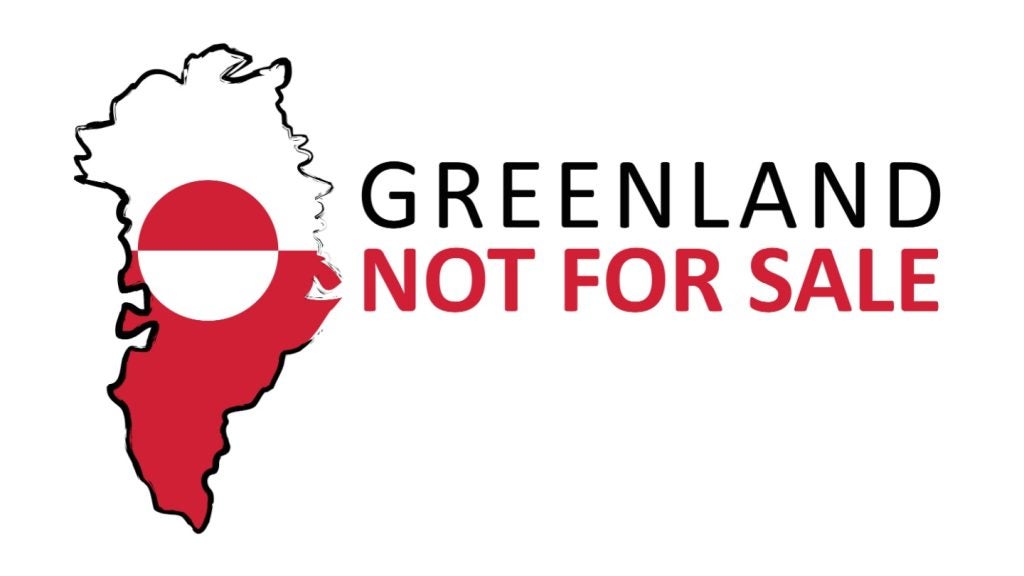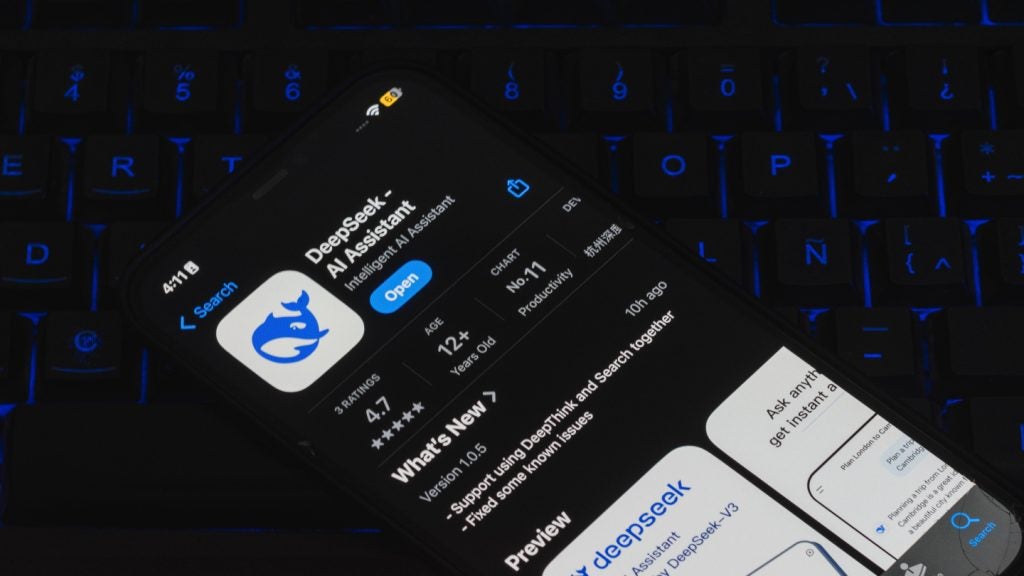In today’s challenging economic landscape—marked by a surge in inflation and a rising cost of living—many young adults classified as ‘Gen Z’ have felt the impact of these economic shifts.
For members of Gen Z (those young people born between 1997 and 2012), inflation has eroded their purchasing power, prompting them to seek innovative methods to navigate these financial challenges. This has led to an increased usage of Buy Now Pay Later (BNPL) services such as Klarna, PayPal, and Clearpay. However, given the appeal of BNPL, the responsible usage of these services is of paramount importance because of the potential effects they could have on young people’s financial stability, financial stress, and credit rating.
Why have BNPL services become so popular?
The allure of BNPL services lies in their short-term flexibility, allowing Gen Z individuals to spread the cost of purchases over a short period, typically a month or three months. It is an appealing option when compared to traditional credit cards, which lack the same level of flexibility for deferred payments and may come with uncertainties and hidden fees.
Notably, according to a PYMNTS 2023 survey, “nearly one in four Gen Z shoppers won’t buy something if BNPL is not available.” This survey also found that Gen Z shoppers most frequently use BNPL for items such as clothing, with electronic devices coming in second place. This suggests that they tend to reserve this alternative payment method for smaller e-commerce purchases.
Services have long term risks for Gen Z
Responsible usage of BNPL services is of paramount importance. What often goes unnoticed is the long-term financial consequences associated with BNPL services. Without proper regulatory measures and financial discipline, Gen Z shoppers can easily find themselves accumulating debt, potentially damaging their credit ratings, and jeopardizing their financial stability.
Adding to this challenge is the influence of current social media trends, particularly platforms like TikTok and Instagram. These platforms have become hubs for advertising products and showcasing recommendations from social media influencers. These influencers, who are often sponsored, use their persuasive powers to convince Gen Z shoppers to indulge in the latest skincare, haircare, makeup, clothing, and footwear, among others.
How well do you really know your competitors?
Access the most comprehensive Company Profiles on the market, powered by GlobalData. Save hours of research. Gain competitive edge.

Thank you!
Your download email will arrive shortly
Not ready to buy yet? Download a free sample
We are confident about the unique quality of our Company Profiles. However, we want you to make the most beneficial decision for your business, so we offer a free sample that you can download by submitting the below form
By GlobalDataUnfortunately, a significant percentage of consumers exposed to TikTok and Instagram advertisements—two social media platforms with audiences primarily consisting of Gen Z users—may be enticed to make purchases without having sufficient funds on hand. This reliance on BNPL services can lead to financial strain.
Is a BNPL problem here to stay for Gen Z?
Gen Z stands at a pivotal turning point when it comes to financial responsibility and literacy. Faced with the harsh reality of the cost of living consistently outpacing wage growth, this generation finds itself turning to BNPL services as a lifeline. While these services offer immediate relief, they also present a possibly destructive end.
The resulting question is this: Is Gen Z trading its long-term financial security for short-term lifestyle maintenance in an increasingly unstable economy? The siren call of BNPL beckons, but is it diverting attention from vital goals like saving for the future or achieving the dream of home ownership? In this era of economic uncertainty, Gen-Zers face a crucial choice. Will they use the tools of financial literacy to balance their immediate needs with future aspirations, or will they risk their credit scores and long-term stability for the appeal of buying now and paying later?
Recent data from GlobalData’s 2023 Buy Now Pay Later Analytics database reveals a significant shift in usage among Gen Z. In 2022, an astonishing 62% of this demographic used BNPL services, but in 2023, this figure plummeted to 40%.
This sharp 22% decline suggests that the allure of BNPL may be fading for this generation. The decline also implies a more realistic future, that this generation is moving away from excessive spending on clothing and footwear and is opting instead for more frugal financial choices to meet their basic needs.








